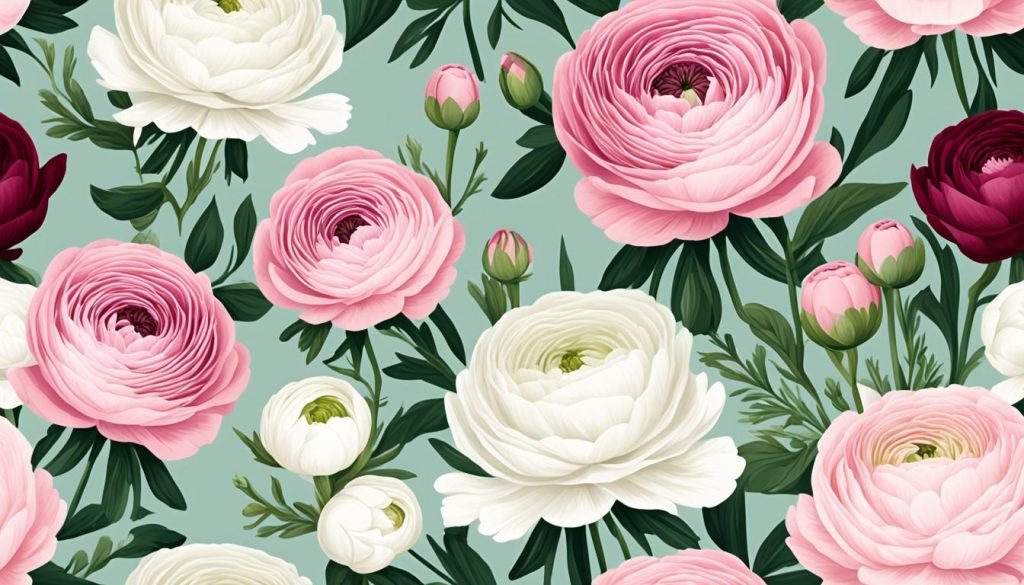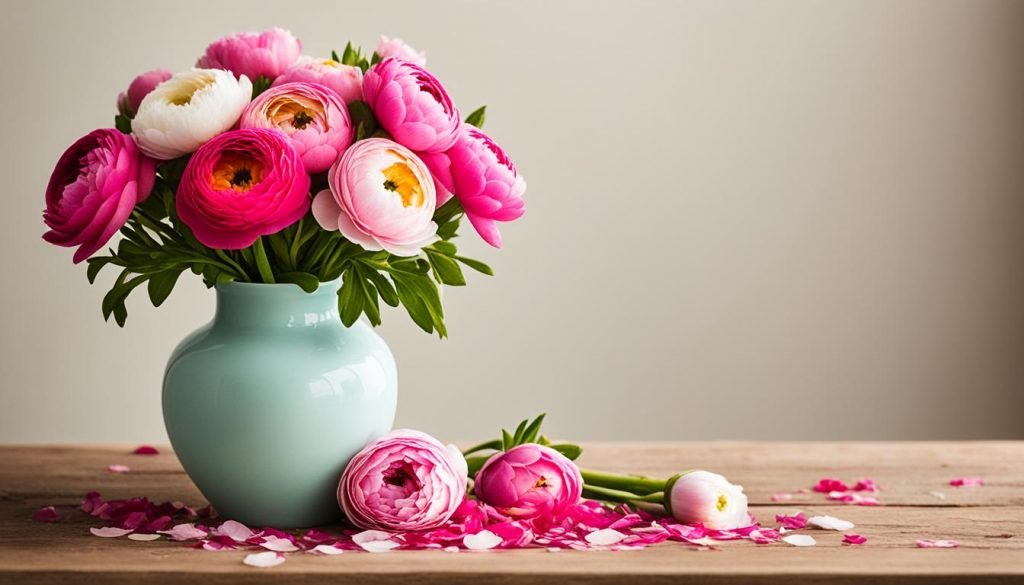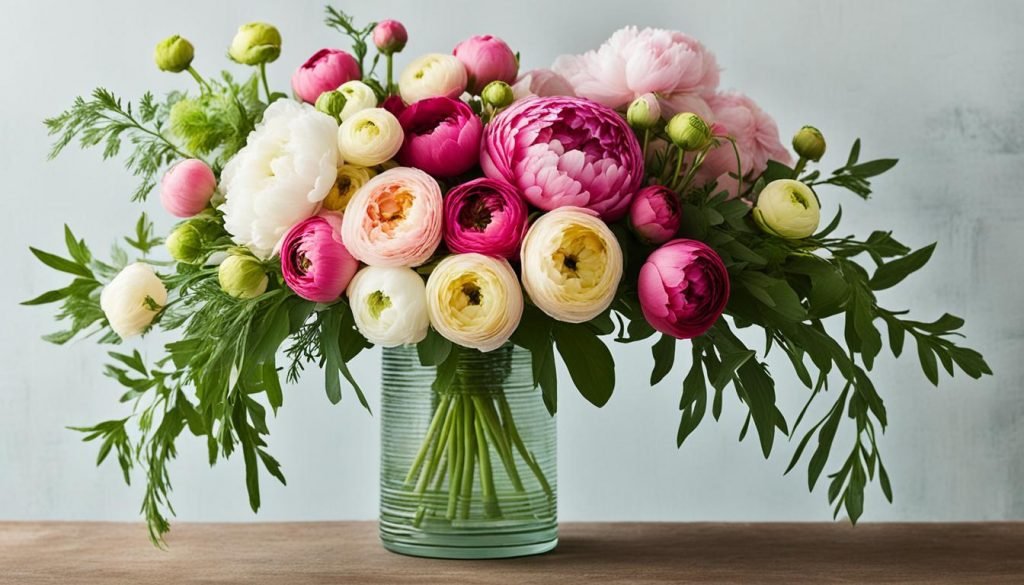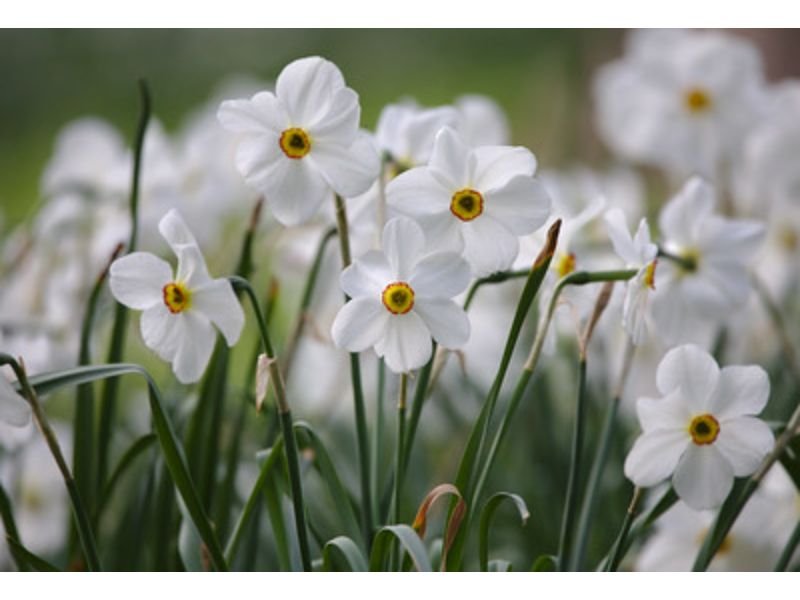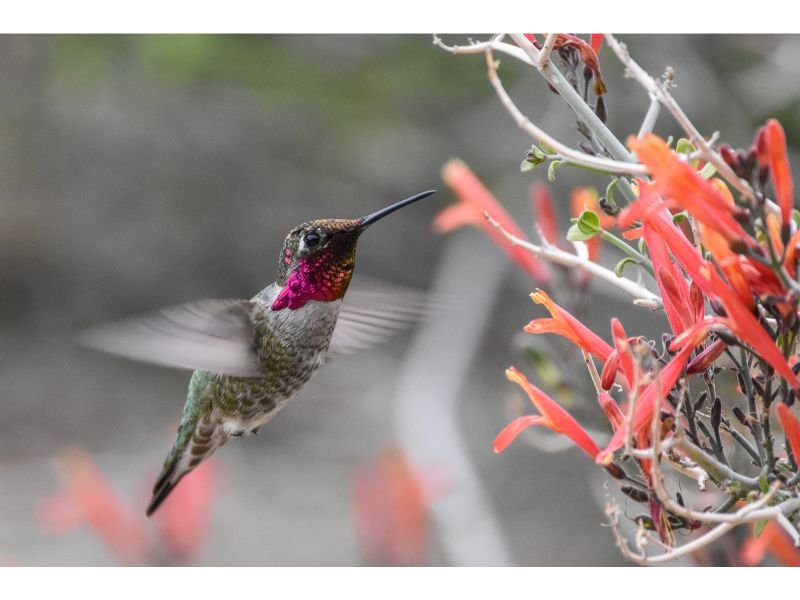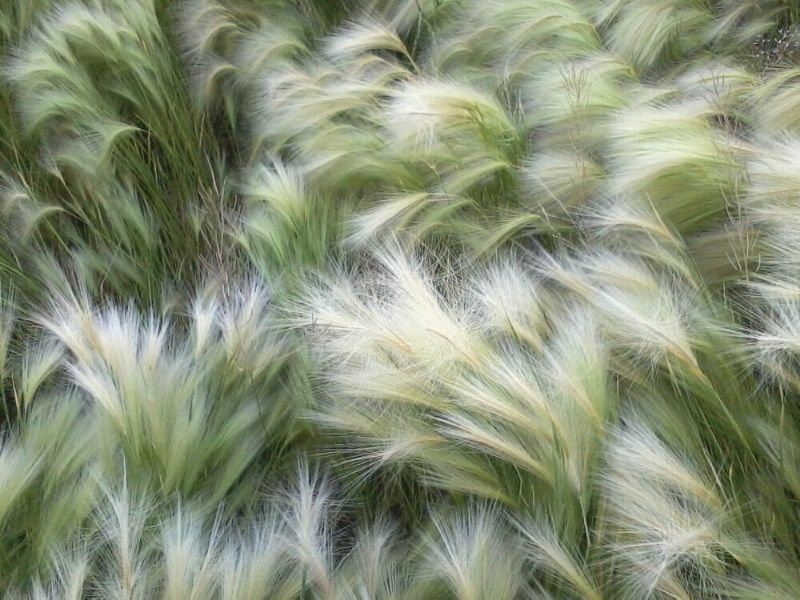As spring emerges, so does the opportunity to infuse our spaces with the vibrancy and solace of nature’s artistry. For those planning a wedding or simply cherishing the verdure of garden blooms, the choice between the sumptuous peonies and the elegant ranunculus becomes a delightful dilemma. Both offer an effortless grace that captures the essence of floral decor, each with their own unique allure and horticultural needs. During the anticipated peony season and beyond, savvy gardeners and brides-to-be alike search for blooms that capture the heart and enchant the senses. This piece is your compass to mastering ranunculus care and making the most out of nature’s offerings, ensuring every petal and stem contributes to creating your own slice of paradise.
Let’s embark on a journey through petal-laden paths to decipher the allure behind these celebrated botanicals. Whether woven into a bridal bouquet or nestled softly within a home’s sanctuary, these blooms are the epitome of natural grandeur.
Table of Contents
Key Takeaways
- Discover the beauty of cool-season ranunculus, blooming prelude to the peony.
- Explore wedding flowers with an emphasis on design, favoring either peony’s lavish structure or ranunculus’s winsome details.
- Embrace the onset of the peony season, marking a time of lush garden blooms and opulent floral decor.
- Learn expert tips on ranunculus care to ensure these coveted blooms flourish.
- Understand the unique periods of bloom to plan your floral themes seasonally.
- Value the distinctive charm and timely blossoming of ranunculus and peonies in garden and event planning.
- Capitalize on nature’s splendor, incorporating these exquisite flowers into your home or special day.
Introduction to Ranunculus and Peony
Embarking on a horticultural voyage through time and symbolism, we uncover the traditions and meanings that imbue two of the world’s most beloved flowers: the ranunculus and the peony. While differing in their seasonal showcases, these florals share an intrinsic connection through their storied pasts and emblematic representations within various cultures. Let us delve into the historical and cultural essences that lend these blooms their esteemed stature in the garden of floral traditions.
Historical Background of Both Flowers
The ranunculus, with its multitude of petal layers and array of colors, traces its origin to the vast lands of Asia. Following a westward journey, it graced the European landscape in the 16th century, becoming a botanical treasure synonymous with charm and delicate allure. Peonies root themselves deeply in both Eastern and Western traditions, often associated with regality and medicinal use, emerged long before their cousins as symbols of love, honor, and high social status. Their opulence has festooned springtime celebrations for millennia, further enriching ranunculus history and entwining it with global floral traditions.
Symbolic Significance and Popularity in Cultures
In the language of flowers, peonies express the most profound sentiments of romance, often bestowed to convey honor and wish prosperity upon the receiver. As embodiments of peony symbolism, they grace nuptial arrangements and festive decor, resonating with tales of lore and affection. Ranunculus, seen as messengers of captivating charm, emerge during the waning chill of winter, announcing the rejuvenation of spring with their vibrant petals. Across cultures and centuries, these flowers have carried messages of prosperity and sophistication, weaving into the fabric of societal values and emotive expressions.
This exploration brings us not just through gardens of visual splendor, but through the annals of time, where every bloom holds a whispered narrative or a celebrated custom. The historical and symbolic tapestries of the ranunculus and peony continue to influence our artistic and cultural landscapes, making them more than mere decorations but icons of our human experience.
Physical Characteristics: Ranunculus vs Peony
When deciding between the radiant ranunculus and the plush peony, a closer examination of their petal structure and bloom size offers insight into the distinctive elegance each flower possesses. Garden enthusiasts and floral designers are drawn to these attributes, understanding that such details have the power to transform a space or an event. While they may be visually similar, the nuanced differences between ranunculus and peony blooms hold significance in the world of horticulture and design.
The ranunculus, often likened to the peony, is revered for its multitude of tissue-thin petals that unfurl in a mesmerizing dance of color and form. Despite this visual kinship, ranunculus flowers are readily distinguished by their smaller, flatter blooms, which offer an understated charm. These blooms sit atop slender, spindly green stems that bow gracefully beneath the weight of the delicate flowers, a testament to their dainty and earth-hugging nature.
Conversely, peonies are botanical emblems of fullness and opulence. They stand tall on robust stalks, supporting vast blooms that beckon admiration. The peony’s large, full flowers are a sumptuous feast for the eyes, making a bold statement with each voluminous petal. Floral connoisseurs prize peonies for their impressive bloom size and their pleasantly heady scent that fills a room with the essence of spring.
Both varieties of flowers provide a treasure trove of choices for those seeking to harness the power of petals; the range of flower varieties in both ranunculus and peony populations cater to every taste and design. The following table characterizes some of the key physical attributes that set these florals apart, while simultaneously celebrating their shared heritage as icons of natural beauty.
| Characteristic | Ranunculus | Peony |
|---|---|---|
| Petal Texture | Tissue-thin | Luxuriantly layered |
| Bloom Shape | Flatter | Full and rounded |
| Stem Structure | Spindly and delicate | Sturdy and tall |
| Flower Size | Generally smaller | Significantly larger |
| Flowering Height | Close to the ground | Above the foliage |
| Color Range | Broad spectrum | Often pastel-hued |
Each flower variety’s unique petal structure, bloom size, and growth form are not merely aesthetic choices but also reflect the adaptability and evolutionary journey of these blooms within their environments. Whether one is captivated by the charming ranunculus or beguiled by the lush peony, the floral landscape offers a kaleidoscope of flower varieties to enchant the senses and elevate the spirit.
The Battle of Blooms: Ranunculus vs Peony in Floral Design
When the quest for the perfect floral expression begins, the selection between the demure ranunculus and the majestic peony becomes a central theme. In the realm of floral design, understanding the characteristics that distinguish these blooms is crucial for curating spectacular arrangements.
Size and Shape Variances Between Ranunculus and Peony
The delicate ranunculus stands out with its quaint charm, offering a dreamlike quality to wedding bouquets and floral arrangements. Its flatter shape and smaller size afford an exquisite intricacy. In comparison, the peony, with its grand and luxurious presence, lends a voluminous and classic opulence suited for making a grand statement in decorative flowers compositions.
In the hands of a skilled florist, the variances in size and shape between ranunculus and peonies inspire creativity. Ranunculus can be woven into elaborate narratives within a bridal bouquet, while peonies can take center stage, adding a dramatic flair to both modern and traditional designs.
Color Palettes and Visual Impact
The color palette of a flower is a powerful tool in design. The ranunculus flower, with its spectrum of hues from pastel pinks to rich, sun-kissed oranges, can transform a simple collection into an enchanting visual spectacle. On the other end of the spectrum, peonies speak to the heart with their soft pastels and deep, romantic shades, creating a stunning visual impact that is both timeless and distinct.
Incorporating both ranunculus and peonies, designers can cultivate arrangements that dance with contrasts and harmonies, immersing any observer in a narrative of textures and tones. The following table juxtaposes the characteristic color palettes typically found in these celebrated blooms:
| Ranunculus Color Palette | Peony Color Palette |
|---|---|
| Cream | Blush Pink |
| Pale Apricot | Coral |
| Bright Yellow | Burgundy |
| Warm Orange | Snow White |
| Deep Red | Lilac |
| Vibrant Pink | Mahogany |
This curated consideration of colors in our ranunculus and peony guide empowers floral enthusiasts to make informed choices, ensuring that every arrangement, from a bride’s precious bouquet to the centerpieces of a celebratory event, resonates with its intended ambiance. The harmonious blend of the ranunculus and peony’s diverse coloration, sizes, and shapes exemplify how the art of floral design is as much a science as it is a sight to behold.
Caring for Your Blooms: Tips for Ranunculus and Peony
Nurturing flowers is akin to a fine art—meticulously attending to their needs can yield a canvas awash with vibrant blooms and prolonged beauty. Your garden’s resplendence lies in how well you tend to each species, factoring in their idiosyncratic needs. A floral care guide becomes indispensable to ensure bloom longevity and robust flower maintenance. For the exquisite ranunculus and the majestic peony, a little know-how can go a long way in preserving their glory.
Let’s explore how to maintain these blossoms to their finest, blending the essentials of care with the gratification of gardening.
Maintaining Ranunculus for Lasting Beauty
Celebrated for their layered charm, ranunculus are quintessential spring blooms that demand gentle attention. To secure this delicate allure beyond their natural season, embracing cool environments is vital. Shielding these tenders from the harshness of direct sunlight not only protects their petals but encourages an extended display of their grandeur.
Adherence to a strict regimen of bloom care is paramount: removing wilted foliage, ensuring daily water changes, and vigilantly observing water temperature cultivate ranunculus that retain their sprightly vitality. Here are some practical tips encapsulated in an easy-to-follow table for your floral care guide:
| Care Aspect | Ranunculus Maintenance Action | Benefits |
|---|---|---|
| Environment | Keep in cool, indirect light | Longer vase life |
| Water | Change daily with tepid water | Prevents shock; encourages growth |
| Foliage | Trim excess leaves | Reduces bacterial growth |
Strategic placement and water management are your tools to cajole out their vivacious best.
Ensuring Peonies Thrive in Your Garden
Lauded for their dramatic blossoms, peonies require a gardener’s patient and meticulous hand. Full sunlight bathes these blooms in the energy they crave, invigorating them to unfurl in a spectacle of lushness. Couple this with rich, well-drained soil and consistent hydration, and your peonies will return the favor with an enviable flourish.
Planting depth and spacing are the unsung heroes of peony care. A blooming peony is a sight to behold—yet it is the behind-the-scenes diligence of garden planning and maintenance that anchors this beauty. The following table provides a snapshot of key peony care steps:
| Care Aspect | Peony Maintenance Action | Benefits |
|---|---|---|
| Sunlight | Plant in full sun areas | Earthy vibrant growth |
| Soil | Use well-drained soil | Prevents root rot |
| Watering | Regular, but avoid overwatering | Keeps roots moist without waterlogging |
| Space | Ensure proper spacing between plants | Encourages airflow and growth |
Through careful cultivation, well-drained soils, and judicious spacing, peonies emerge as the crowning jewels of any botanic collection—a testament to the gardener’s craft.
In conclusion, while the luminous ranunculus and the regal peony may differ in their care requirements, they share the common ground of thriving under considerate, well-informed treatment. Mastering flower maintenance for these species ensures that their bloom longevity is not left to chance, but rather, secured through dedicated stewardship.
Seasonality and Availability
As we navigate the gardening timeline, understanding the ebb and flow of flower seasons is essential for crafting a garden or floral display that retains its vibrancy throughout the year. In the panorama of bloom availability, the ranunculus and peony take center stage during their respective peak periods, marking the passage of time with their distinctive life cycles.
Ranunculus: A Herald of Spring
The delicate ranunculus ushers in the warmth of the spring season, breaking through the cold soil to color our gardens just as winter wanes. Bloom availability for these charming flowers begins in late winter, peaking through to early spring. They serve as a precursor to many of the traditional flowers that awaken later in the season. Gardeners treasure the ranunculus for its ability to add depth and variety to the early-season landscape, a time when other blooms may still slumber beneath the frost.
Peony: The Blossom of Early Summer
In contrast, the lush peony unfurls its voluminous petals as summer approaches, claiming the spotlight from late spring until the crest of early summer. The peony season is a time of celebration for gardeners and flower enthusiasts alike, as gardens and arrangements burst with the flower’s opulent beauty. The clear forethought in a gardening timeline maximizes the enjoyment of these generous blooms, ensuring they are welcomed in all their glory during their appointed time.
An awareness of the flower seasons not only enriches the aesthetic of our environments but also feeds our anticipation for each flower’s yearly show. By aligning with nature’s rhythm, one can ensure a seamless transition in bloom availability, establishing a continual showcase of beauty from the tender ranunculus of spring to the lush peonies of early summer.
Complementary Flowers: Enhancing Ranunculus and Peony Arrangements
Marvelous floral designs speak volumes when they exhibit an innate understanding of balance; achieving this with bouquet fillers, floral pairings, and complementary blooms that highlight the primary flowers without detracting from their splendor. In the world of floristry, skillfully mixing textures, shapes, and colors can elevate the ordinary to the extraordinary. The key is in selecting the right companions to accentuate the focal flowers such as ranunculus and peonies.
To illuminate a floral arrangement’s stature with complementary foliage and blooms, one must consider the inherent characteristics of the primary flower. For the understated yet intricate ranunculus, the aim is to not overwhelm but to enhance their delicate beauty. Thus, bouquet fillers like the ethereal baby’s breath, the sturdy candytuft, or the lush sedum become the supporting cast, bolstering the ranunculus without eclipsing its appeal.
Peonies, conversely, boast a bolder presence and thus command accents that stand in harmonious contrast. They find their perfect match in the luxurious spread of hydrangea petals or in the timeless elegance of English garden roses. Such strategic floral pairings work to amplify the lusciousness of peonies, creating an interplay of textures and shades that resonate with their lush profiles.
The art of arrangement is akin to a symphony; every floral note must be in tune. By leveraging bouquet fillers and complementary blooms, the beauty of both ranunculus and peonies is poised to reach the pinnacle of their ornamental potential. Whether for the sophistication of grand events or the intimate charm of home décor, these harmonious combinations summon a breath-taking visual narrative, captivating all in their presence.
- Bouquet Fillers: Bridging the gaps between flagship blooms, they maintain the integrity of the design and contribute to a lush appearance.
- Floral Pairings: Select blooms that complement without competing, creating layers of textural variance and chromatic dialogue.
- Complementary Blooms: Thoughtful additions that echo the primary flowers’ sentiment, enriching the overall aesthetic and emotional impact.
Embrace these principles and watch as ranunculus and peonies—stars of the floral world—are further ennobled through collaboration with their verdant peers—transforming each blossom’s solitary beauty into a crescendo of horticultural harmony.
Conclusion
The journey through the evocative world of floral choices culminates in a celebration of ranunculus beauty and peony elegance—each beckoning with its own distinct charm. Garden aficionados and floral artisans alike are invited to revel in the unique qualities and seasons that these blooms offer. The tender ranunculus, greeting us in the early throes of spring with its intricate layers and spectrum of colors, offers an early respite from winter’s reticence. The sumptuous peony, emerging with summer’s promise, symbolizes romance with its lush petals and intoxicating scent.
Equipped with essential care tips and enlightened by design insights, those who appreciate nature’s artistry are empowered to make informed floral choices. Whether adorning a garden bed or composing a breathtaking centerpiece, the knowledge of when and how to showcase the ranunculus beauty and peony elegance is invaluable. Each flower inspires with its time-honored allure, ensuring that regardless of the occasion, the selection of blooms enhances the desired ambiance with grace and vibrancy.
Let the essence of these botanical treasures find a home in your own personal Eden or among the flourishes of your next floral arrangement. Embrace the seasonal rhythms and the skills of cultivation, and allow the ranunculus and peony to flourish under your care, bringing untold joy and aesthetic pleasure to every corner they grace. In choosing between these two floral icons, remember that whether it is the charm of the ranunculus or the lush elegance of the peony, your selections are but a mirror of your unique taste and vision brought to life through nature’s magnificence.

Gardening is my passion and growing plants indoors has always been a stress relief for me. Grow a banana tree in my apartment once (although failed to produce bananas).

